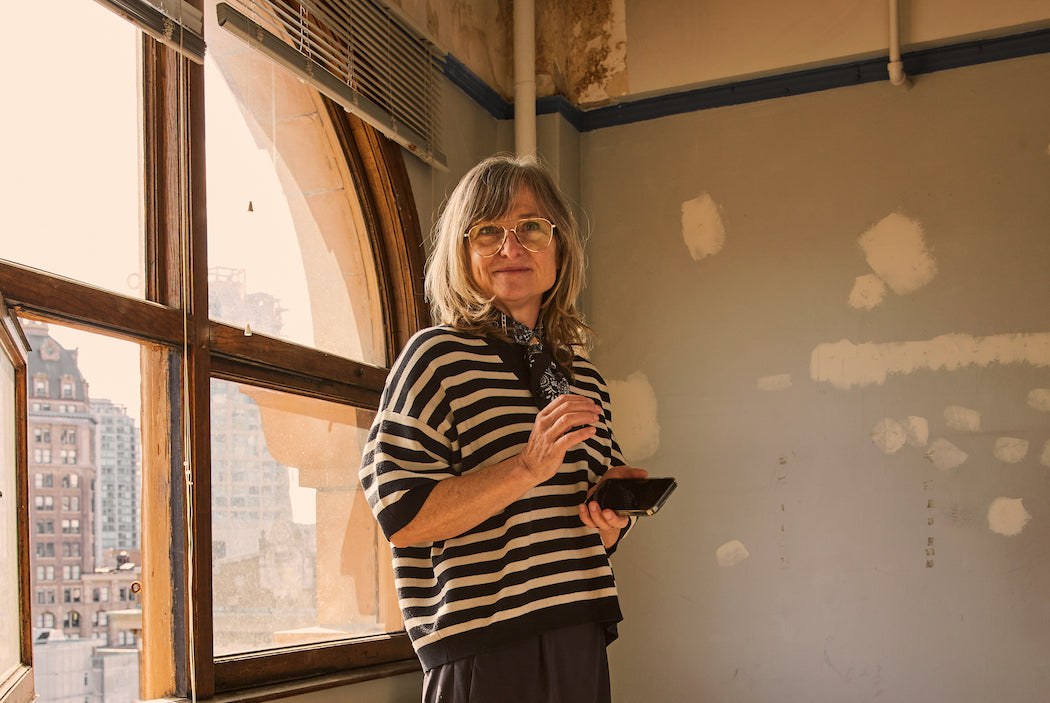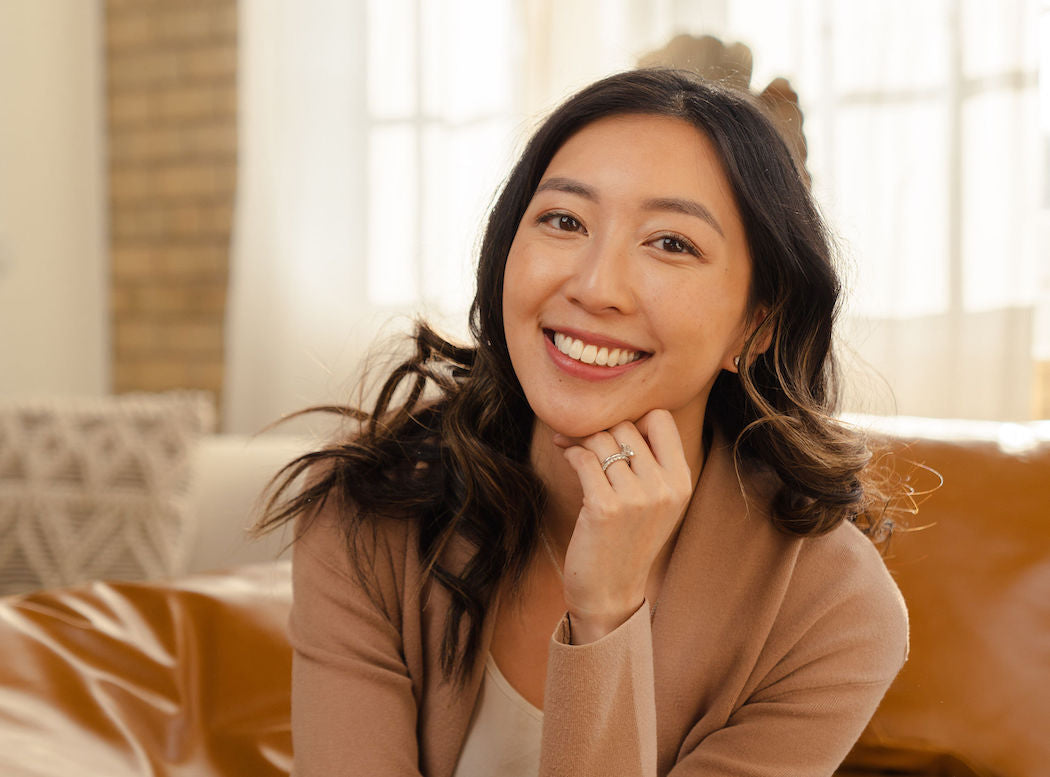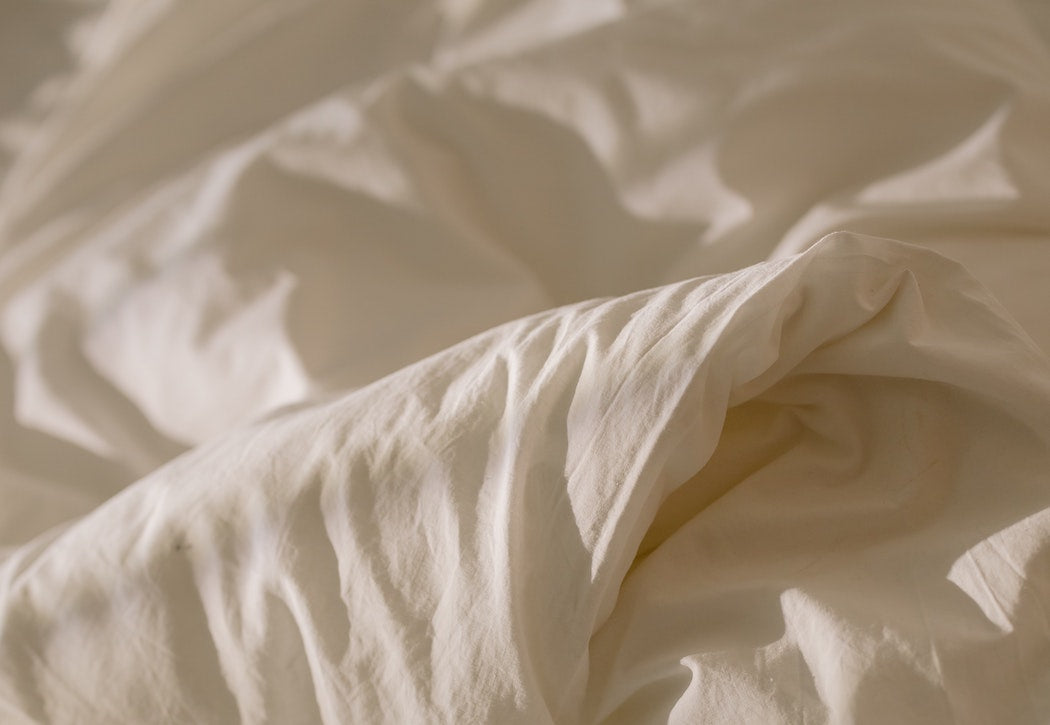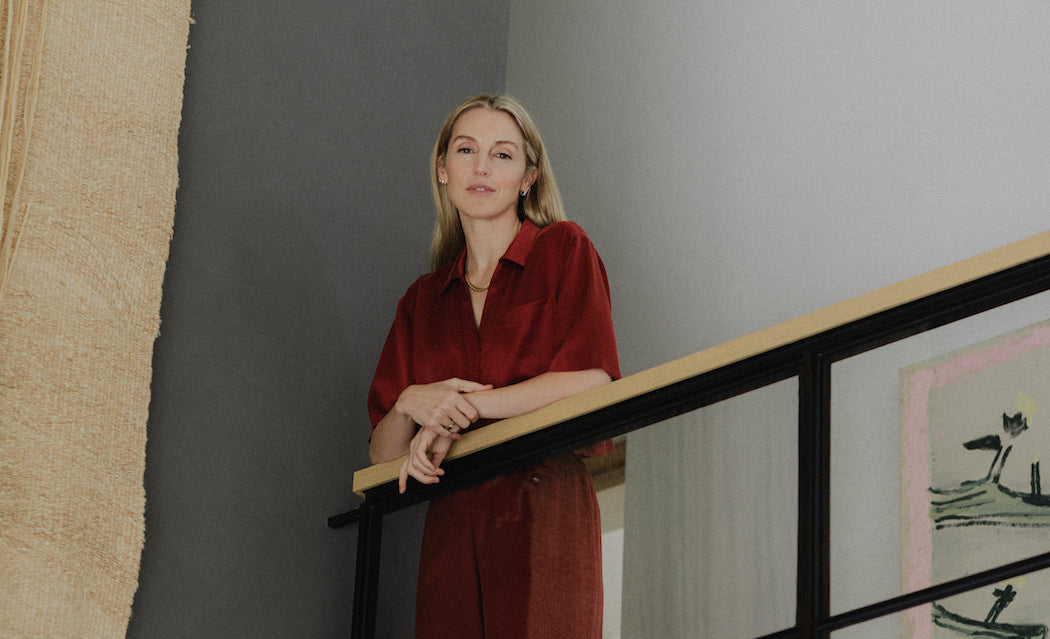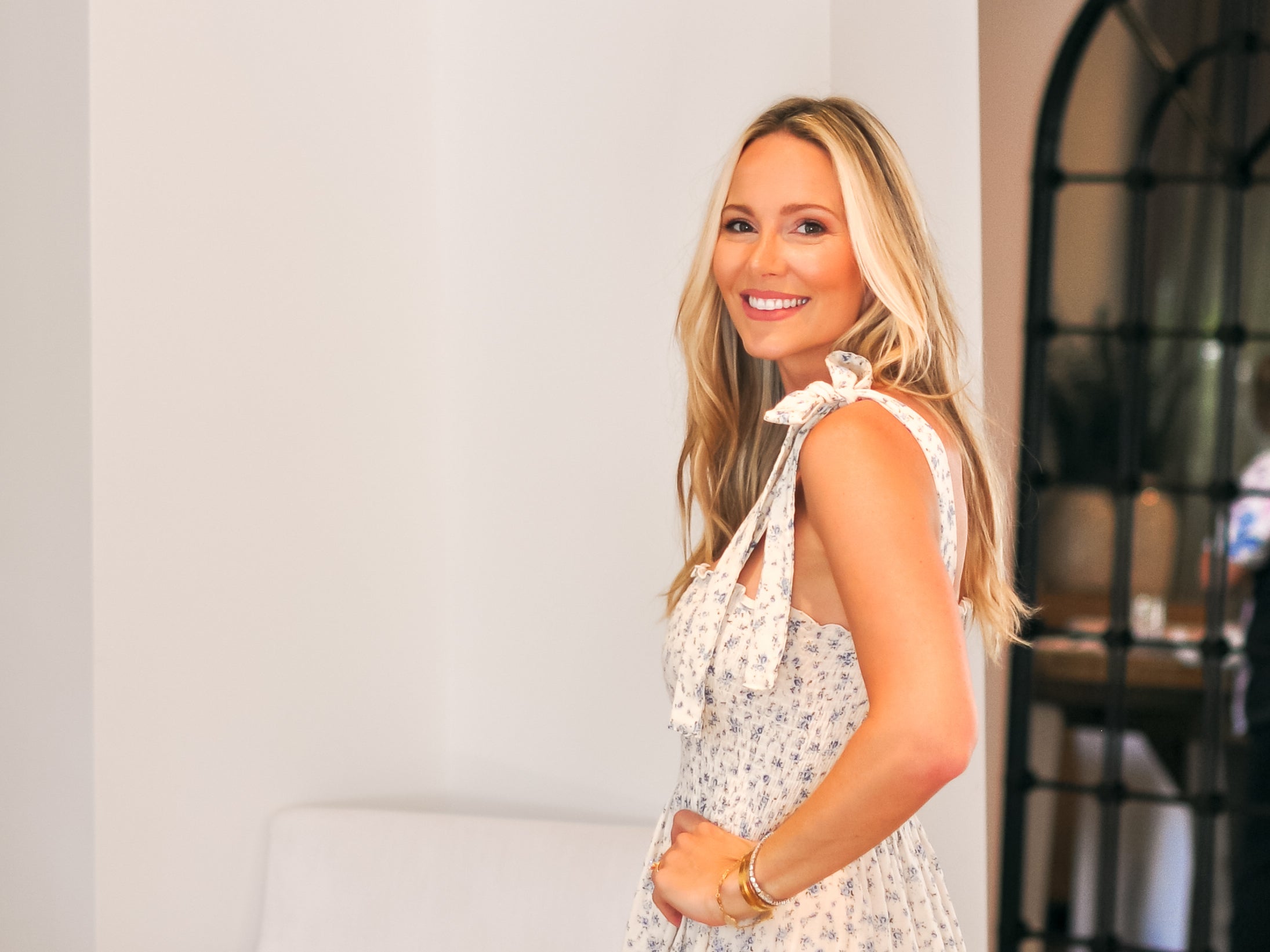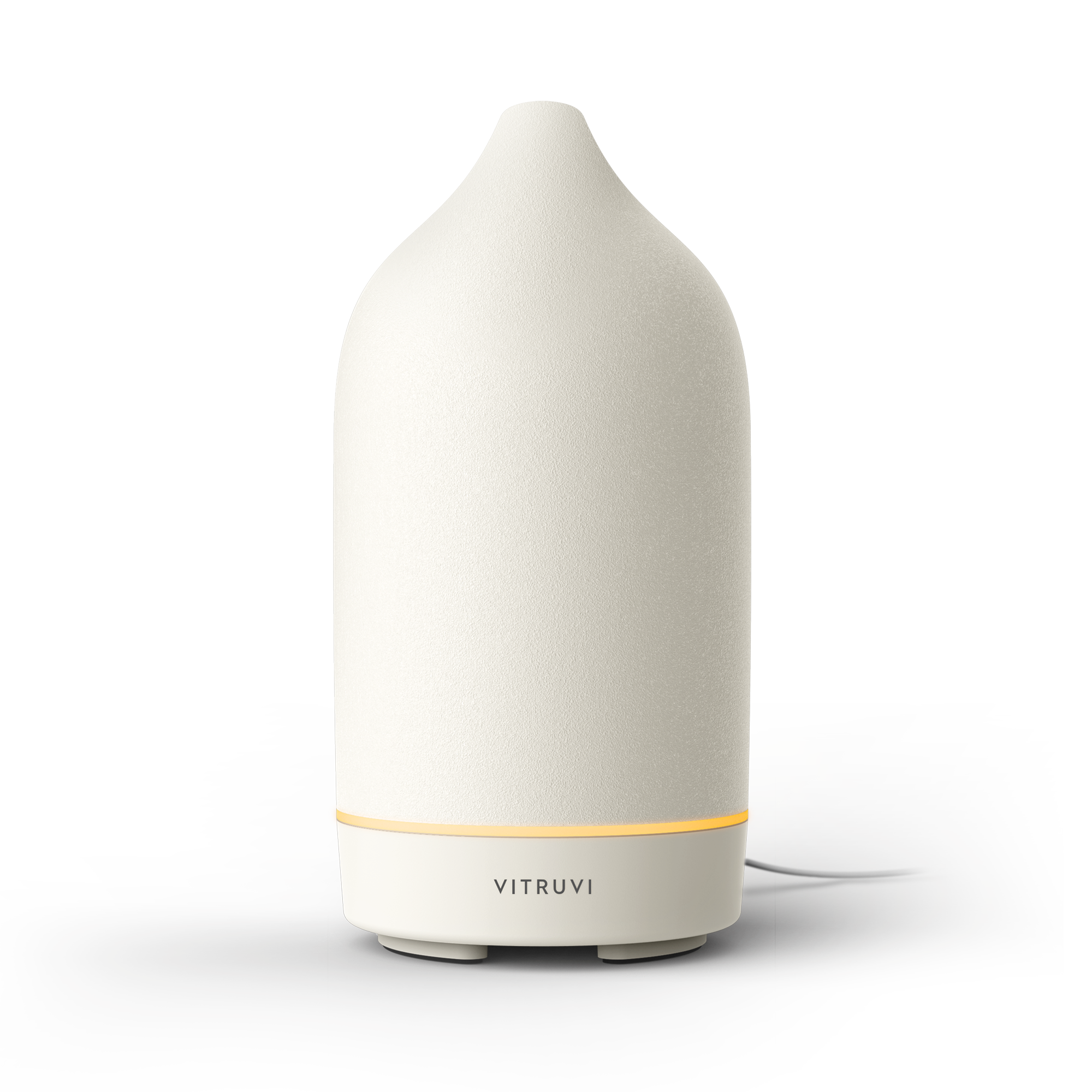Katherine Schlattman is, if nothing else, a collector.
“As a kid, I had this strange habit of collecting rocks,” she says one winter afternoon over a cappuccino at Gastown’s Di Beppe. “Even from my parents’ rock garden—I would line them up on my windowsill and tell stories about them.”
This affinity explains a lot about Schlattman as an adult, who, as founder of millennial-favourite jewellery and accessories brand Foe & Dear, has created a career out of amassing, caring for, and sharing beautiful things.

Founded almost 11 years ago while Schlattman was living in New York, Foe & Dear first took shape as a small jewellery company whose operating footprint was confined to a tiny apartment, where Schlattman would hand-wire and assemble all of her pieces. Since then, Foe & Dear has swept the boutique market, held in the same esteem as mega-brands but with the charm and generosity of a small, personal business.
Despite her obvious skill, though, Schlattman didn’t always know that jewellery-making was her path. It was another form of design—fashion—that first caught her eye, prompting her to move from the Lower Mainland to Toronto to study it at Ryerson University. But upon finishing school, the difficult realities of starting a clothing label as an independent designer sunk in. “Without a lot of capital, it’s really hard to start a brand,” Schlattman says. Her program had mostly considered the creative aspects of working for a company, not starting one’s own—so she relocated to New York and interned for a jewellery designer who fostered community by hosting workshops and events. Recognizing jewellery’s ability to bring people together and to represent memories with such potency, Schlattman found her true love.
Building her business, correspondingly, has been a labour of love. Not that the journey has been thankless, but that Schlattman has not wavered in channelling the genuine, authentic parts of herself into the brand—so much so that she learned metal-smithing, which allowed her to be fully immersed in every aspect of the company. “I truly believe in the vision of the brand. I love the pieces we make, and I love every client we make contact with,” she says. “Making sure that’s the core of the brand, too—the genuineness and the passion—is really important to me.” However, scaling a business whose central tenet is the love and dedication of one woman is difficult. So, Schlattman has chosen to grow the business strategically. “Finding vendors took a long time. Especially finding people that we can speak the same language with, people we get along with,” she says. “But now we are working with so many amazing people that have the same values and brand ethics that we do.”

Now based in Vancouver, Foe & Dear is widely known for its salt-and-pepper engagement rings and its acetate hair clips. The wood-pulp clips, which emulate a refined jeunesse, have found their way into the hands and hair of models and art directors behind the likes of New York Magazine, Man Repeller, and The Globe and Mail. Still, one of Schlattman’s favourite aspects of the business is choosing stones. “I always wind up spending twice as long [with a vendor] than I plan to,” she says. “It’s just wild to think that this is my job: choosing beautiful gemstones.”
A salt-and-pepper diamond has higher amounts of inclusions (or imperfections) within the structure of the stone itself. Normally, the “best” diamonds have few or no visible inclusions, even at 100 times the magnification; in selecting stones that are flecked with sparkling disturbances, Schlattman has found a brilliant and unique look for Foe & Dear. “I think this resonates a lot with our generation,” she says, speaking about her custom engagement rings in particular. “We’re looking for something a bit more personal. It’s still a diamond, and I would never turn down working with a white diamond, but there’s something to be said about hand-picking a diamond that has these super special inclusions that remind you of your partner. I think that’s special.” Beyond that, she’s also charging into uncharted territory as far as the four Cs (cut, clarity, colour, carat) of diamond shopping are concerned. Instead of searching for traditional perfection, Schlattman reminds us that flaws can be gorgeous, too.
“They all have their own beauty, so it’s really hard to choose,” she says. “I love them because they are all different.” There’s a reason Schlattman is so good at this kind of work: it’s like the grown-up version of collecting rocks and telling stories.


